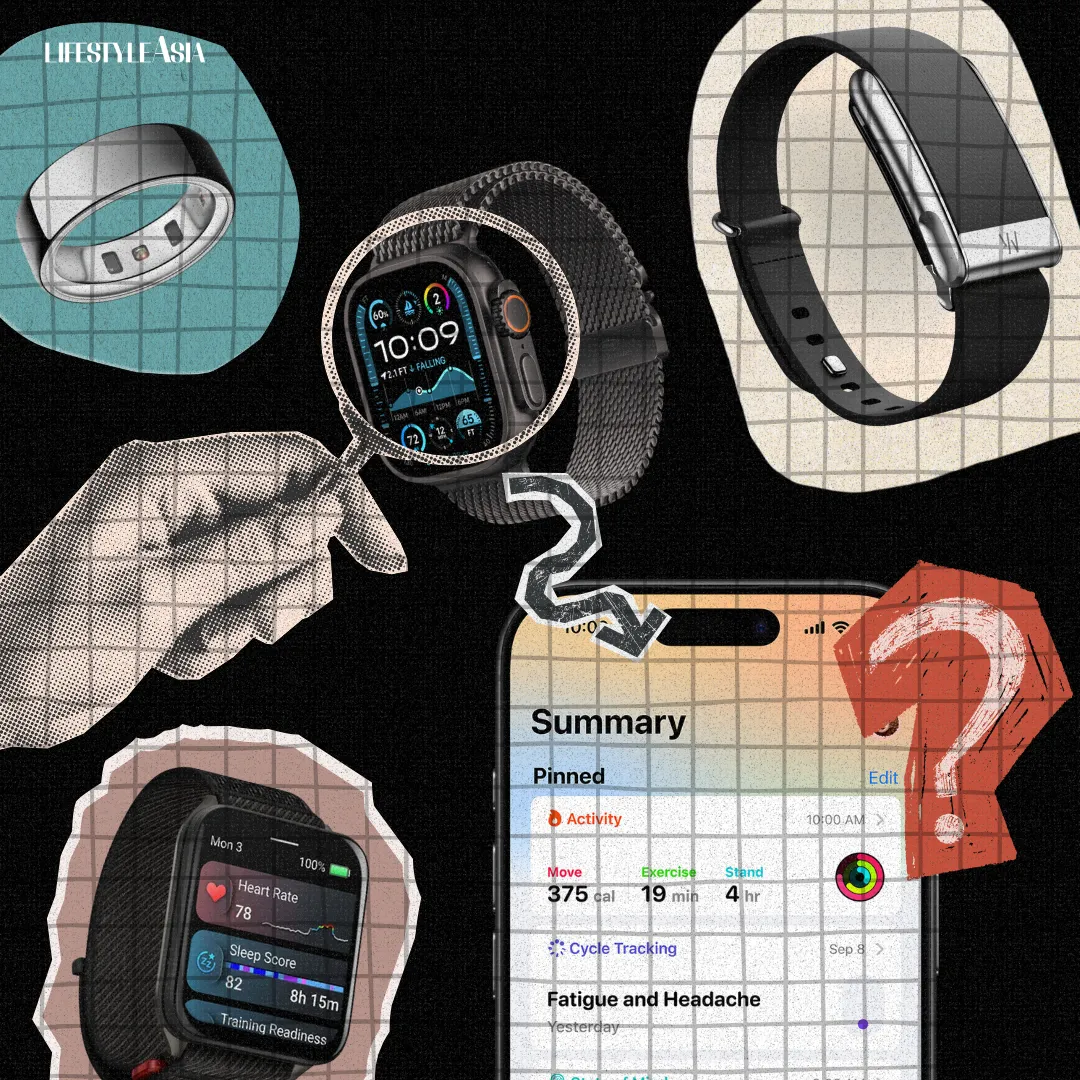Mobility is the foundation that allows us to move through daily life without pain. From dynamic warm-ups to “mobilization snacks” throughout the day, here’s how to improve your body’s ability to move freely and efficiently.
Mobility, at its core, refers to our ability to move our bodies freely and efficiently through a full range of motion. Unlike flexibility, which focuses on how far our muscles can stretch, mobility is about how our joints, muscles, and nervous system work together to create smooth, controlled, and pain-free movement. Though this might sound like something only athletes or older adults need to worry about, mobility is essential for everyone—regardless of age or fitness level.
Mobility For Daily Function
Think about our day-to-day movement, movements that we often take for granted. Carrying groceries, bending down to pick something up, or enjoying our favorite sport. All of these activities require healthy joints and stable muscles. Without adequate mobility, our bodies develop compensatory movement patterns that can lead to stiffness, pain, and injury over time. These compensations do more than create awkward postures. They actively strain surrounding tissues and perpetuate discomfort.
READ ALSO: The Japanese Walking Trend Going Viral For All The Right Reasons
Mobility For Performance
Mobility plays a huge role in sports performance. For runners, good hip and ankle mobility improves stride efficiency and reduces overuse injuries. In golf or tennis, thoracic spine mobility enhances rotation and power, while in strength training, proper shoulder and hip mobility allow for safe squats, presses, and deadlifts. Limited mobility restricts technique, which increases injury risk and stalls progress. This is why many professional athletes dedicate as much time to mobility as to strength or conditioning—it’s the foundation of performance.
LeBron James credits yoga and mobility work for his NBA longevity, Tom Brady built his entire “TB12 Method” around it, and Novak Djokovic relies on hip and spine mobility to dominate tennis. Think about that the next time you’re tempted to skip your warm-up or cool down. Mobility isn’t extra. It’s essential.
Mobility For Longevity
Mobility isn’t just about moving better today; it’s about preserving your independence tomorrow. A study examining the Sitting-Rising Test (SRT) found that older individuals who could sit down and stand back up without using hands or support had a significantly lower risk of death from cardiovascular disease, cancer, and other natural causes. Maintaining the ability to bend, twist, squat, and reach means you’re not only protecting yourself from injury now, but also safeguarding your ability to perform basic daily tasks like climbing stairs, carrying groceries, or getting out of bed—now and well into later life. By this measure, mobility is one of the clearest predictors of healthy aging and long-term quality of life.
Mobilize Now
The good news is that mobility can be improved at any age, and it doesn’t require fancy equipment or long hours. Think of it as “joint training.” Just as you strengthen muscles with weights, you need to regularly move your joints through their full range to keep them healthy, strong, and pain-free. Remember, there’s a distinction between mobility and flexibility. The goal isn’t to touch your toes or do splits—it’s to move better in daily life and activities.
Dynamic Movements Before Workouts: Begin with active stretches that wake up the body and prepare it for movement. Leg swings, arm circles, hip circles, and cat-cow stretches are excellent examples. These prime your muscles and joints, improve blood flow, and reduce injury risk once you start exercising.
Static Holds After Workouts: Save longer stretches for when your muscles are warm. Holding positions like a hip flexor stretch, hamstring stretch, or chest openers for 20 to 30 seconds helps maintain and expand your range of motion. This also encourages recovery by easing tension after activity.
Foam Rolling And Self-Release: Tools like foam rollers, lacrosse balls, and massage guns help release tight fascia, the connective tissue around muscles. Studies show foam rolling improves flexibility and reduces muscle soreness, making it an effective complement to mobility training.
Stability And Strength: True mobility isn’t just about being flexible; it’s about having control throughout your range of motion. Exercises like lunges with rotation, single-leg balances, planks, and deep squats challenge both mobility and strength, teaching your body to move with control.
Mobility-focused Workouts: Yoga and Pilates are excellent ways to improve mobility while building strength and core stability. Both emphasize controlled, mindful movements through a wide range of motion, training your body to be both mobile and strong.
Mobilization Snacks: Make mobility part of your daily life. You don’t need an hour-long session. Try to sprinkle movements throughout your day. Desk workers can benefit from shoulder rolls and seated spinal twists. Runners can add hip openers before hitting the road. Even taking a break to squat or stretch your arms overhead can reset your body after long periods of sitting.
READ ALSO: Mindful Movement: The Pilates Revolution
Join The Movement
Ultimately, mobility should be treated as a non-negotiable, just like brushing your teeth. It’s the foundation that allows us to do everything else—lift, run, play, or simply live without pain. By making mobility a regular habit, we’re not only enhancing sports performance and daily function but also investing in long-term well-being.
Like any form of training, mobility improves with consistency. Start small—even five minutes a day—and gradually increase as it becomes part of your routine. If you’re not convinced, think of mobility training as your insurance policy. It won’t just help you today; it keeps your body resilient and capable for years to come.





